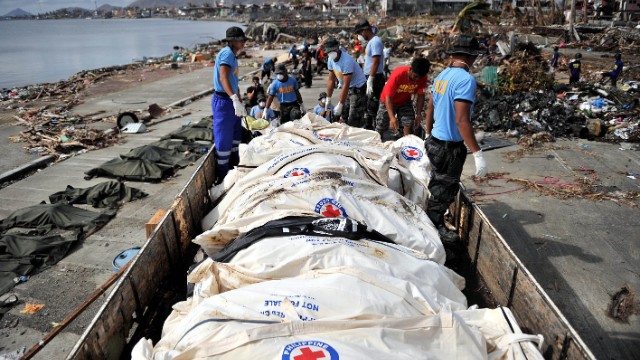
Forensic experts will quit exhumations during the winter at a mass grave in northwestern Bosnia believed to be the largest found so far from the Bosnian 1992-95 war.
The remains of 430 people have been exhumed since work began in August at the Tomasica grave. The victims were Muslim Bosniaks and Croats from around the nearby town of Prijedor who were killed by Serbs trying to drive non-Serbs out of the area.
In 2001, forensic experts found 373 victims they believe were originally buried at Tomasica, then reburied at the Jakarina Kosa, a nearby secondary grave. In the years since, 36 more bodies have been found at Tomasica.
"If we take into account the bodies found at Jakarina Kosa and later at Tomasica, we can say with certainty for now that 850 bodies had been buried at Tomasica," said Lejla Cengic, a spokeswoman for Bosnia's Institute for Missing Persons, which conducts and coordinates the digging.
Exhumations will resume in the spring, Cengic said, when more bodies were expected to be found. Around 1,200 people are still missing from the Prijedor area.
On Monday, Theodor Meron, the president of the United Nations war crimes tribunal for the former Yugoslavia, paid his respect to the victims at Tomasica. Standing at the edge of the muddy grave, Meron, a Jew who survived the Holocaust in Poland, Meron said the site had a very special "resonance" for him.
"It looks a little bit like the quarry not far from the city where I spent my war years ... in Poland, where my mother was killed," he said. "And this means more to me than theory of international justice."
The Hague-based U.N. war crimes tribunal has sentenced 16 Bosnian Serbs to a total of 230 years in prison for atrocities in the Prijedor area.
Tuesday 26 November 2013 http://www.trust.org/item/20131125165315-ov5ek


